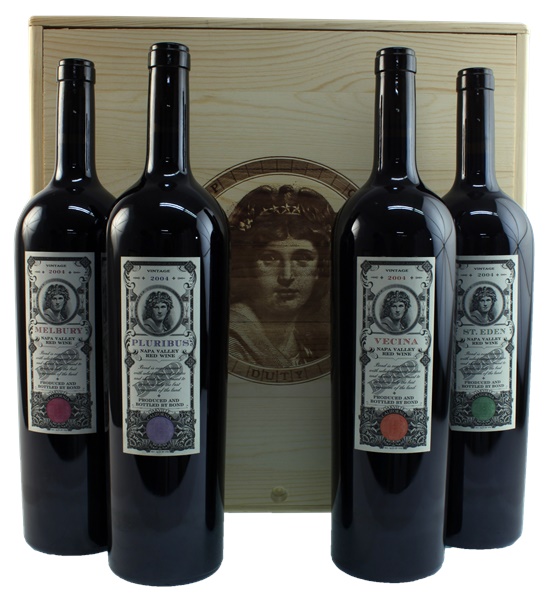Estimate


Fresh black cherry, currant and plum aromas are pure and riveting. Firm, rich and polished, with hints of nutmeg, rose petal and wild berry that are deep and complex.
A sensational wine... fabulous blueberry and blackberry fruit with hints of lead pencil, acacia flower, pain grille, and spice...
Black raspberry, mocha and smoky oak on the confectionery nose. Quite sweet in the mouth but youthfully tight today, with red fruit and licorice flavors dominating.

Fresh black cherry, currant and plum aromas are pure and riveting. Firm, rich and polished, with hints of nutmeg, rose petal and wild berry that are deep and complex.
A sensational wine... fabulous blueberry and blackberry fruit with hints of lead pencil, acacia flower, pain grille, and spice...
Black raspberry, mocha and smoky oak on the confectionery nose. Quite sweet in the mouth but youthfully tight today, with red fruit and licorice flavors dominating.

Fresh black cherry, currant and plum aromas are pure and riveting. Firm, rich and polished, with hints of nutmeg, rose petal and wild berry that are deep and complex.
A sensational wine... fabulous blueberry and blackberry fruit with hints of lead pencil, acacia flower, pain grille, and spice...
Black raspberry, mocha and smoky oak on the confectionery nose. Quite sweet in the mouth but youthfully tight today, with red fruit and licorice flavors dominating.

Fresh black cherry, currant and plum aromas are pure and riveting. Firm, rich and polished, with hints of nutmeg, rose petal and wild berry that are deep and complex.
A sensational wine... fabulous blueberry and blackberry fruit with hints of lead pencil, acacia flower, pain grille, and spice...
Black raspberry, mocha and smoky oak on the confectionery nose. Quite sweet in the mouth but youthfully tight today, with red fruit and licorice flavors dominating.